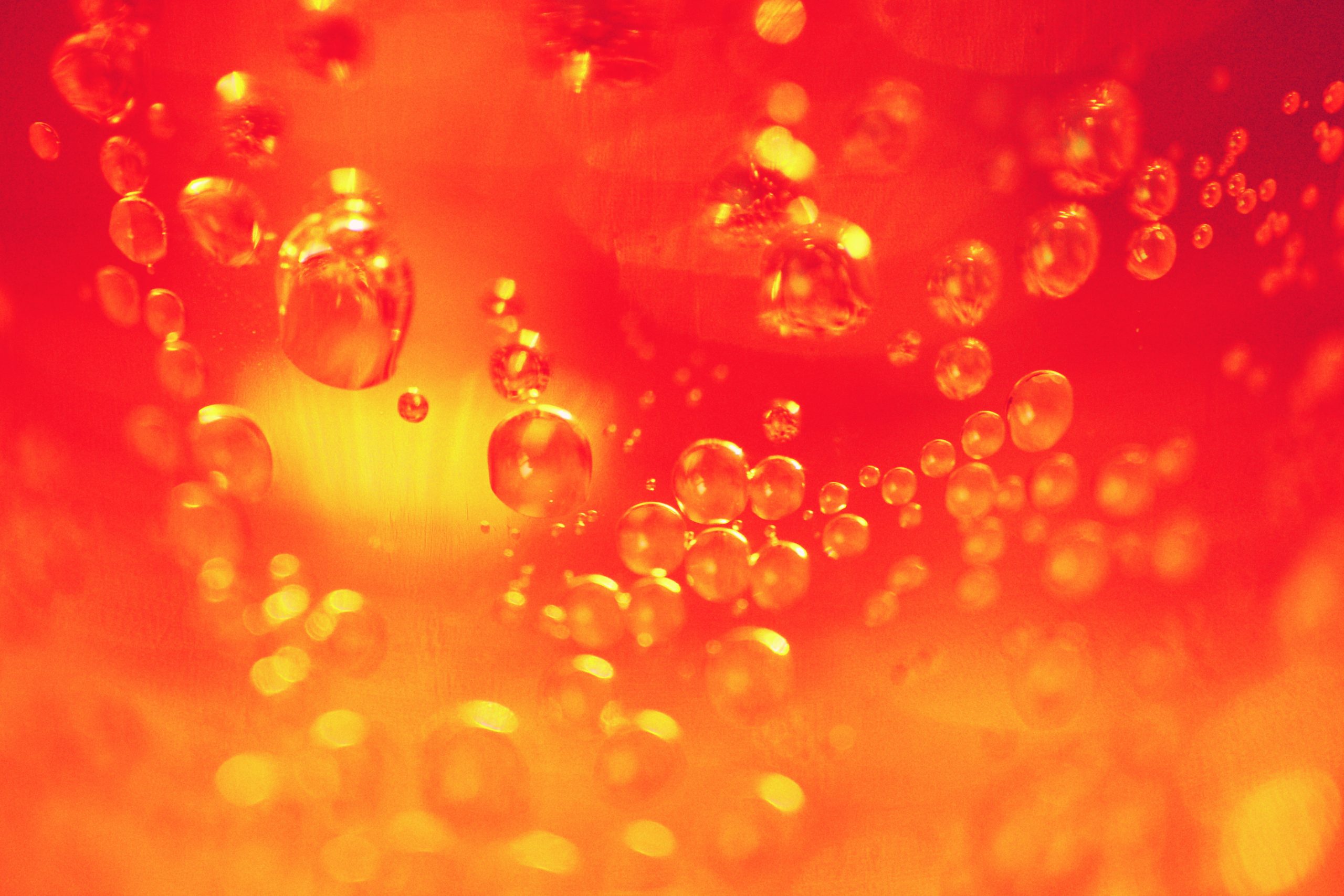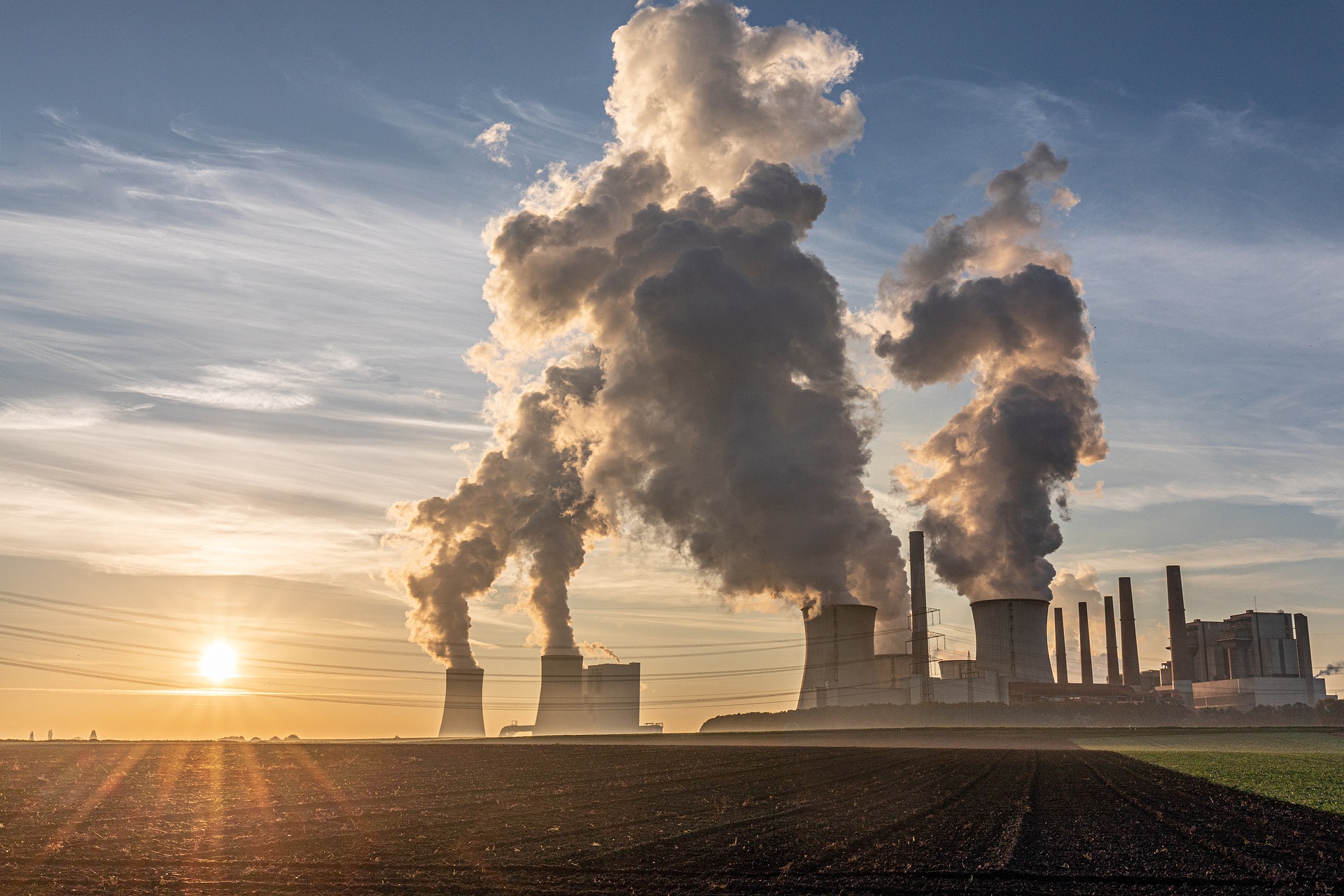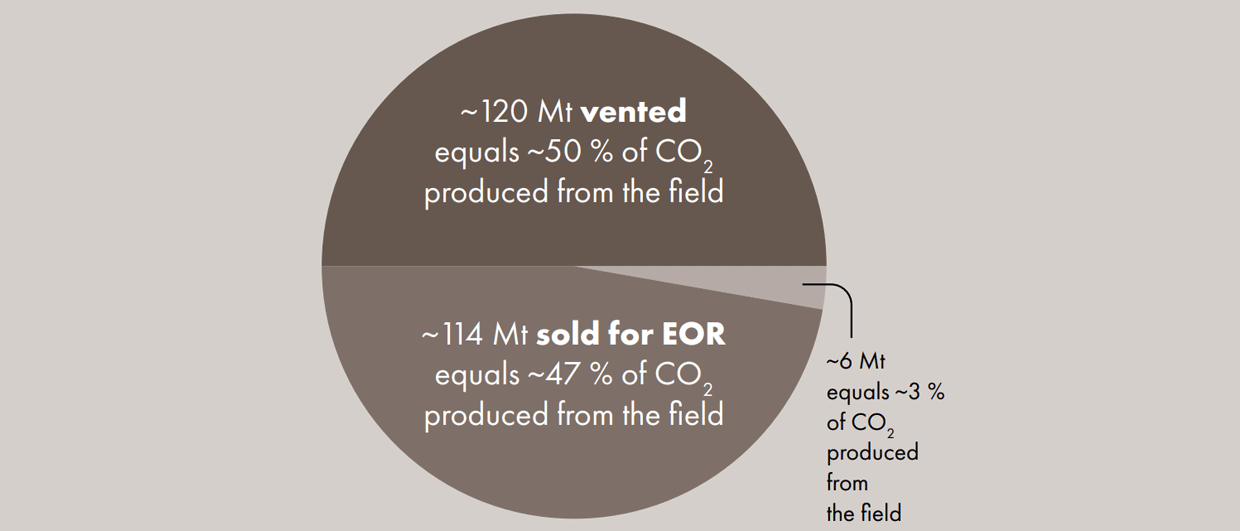“Industrial CO2 shortage is causing disruption in UK food industry.” Who expected this headlines like these? It seems very counterintuitive, but it is a reality and it shows how interconnected industries are.
Gas prices
The UK food industry sources its CO2 from fertiliser plants, but many have recently shut down because of high gas prices. To reduce pressure on the industry, the UK government has now agreed to meet the full operating costs to run one of these plants for three weeks, costing tens of millions of tax payers money.
As Peter Styring from the University of Sheffield highlights in this Conversation story, it seems surprising to see that there is a shortage of something we desperately try to get rid of.
What can be done to prevent situations like these? With experts predicting that gas prices will remain high, the most obvious mitigation measure to be put in place is CO2 capture at other industries. But, as Styring concludes in his article, as “all these (capture) technologies are some way off being rolled out widely, society runs the risk of regular shortages…”
But nature does have a solution too, albeit a fairly controversial one, as it would go against the spirit of what all CCS initiatives aim to do: produce CO2 from a subsurface reservoir.
In the UK Southern North Sea, there are a couple of discoveries with very high CO2 concentrations. One of those carries the well-chosen name Fizzy, discovered by Tullow Oil in 1995. The gas in Fizzy contains up to 50% CO2, which is incredibly high given that most Southern North Sea fields only host a few % of carbon dioxide or less.
The origin of the CO2 remains a bit of an enigma, but previous work suggested that the gas may have migrated into the Fizzy trap in Paleogene times around 50 million years ago. It may be related to magmatic activity and dyke intrusion. This is good news for the CCS community, as it proves that CO2 can be stored over geological time scales. In addition, geomechanical work on the fault-sealing capacity of the trap showed that the leakage is unlikely, leading to the conclusion that although the closure is not fill to spill, CO2 is safely stored in the accumulation.
A natural laboratory
The Fizzy accumulation has also been very useful as a natural laboratory for researchers investigating how CO2 behaves in reservoirs when trapped over longer time scales. As Mark Wilkinson shows in this article based on research carried out on Fizzy, in contrast to what some people argue, CO2 is only stored in minerals to a limited extent (0-25%). This emphasises the need for a solid structural trap, as CO2 is likely to remain in a free phase, even after tens of millions of years.
Will Fizzy ever be considered as a source for industrial CO2? One would hope it’s not. But clearly, the recent gas crisis and the associated exposure of how industries are linked only reiterates the need for carbon capture technology to be rapidly implemented. Not only to be able to produce fizzy drinks, but also to get closer to industrial scale of carbon storage in the subsurface.
HENK KOMBRINK





